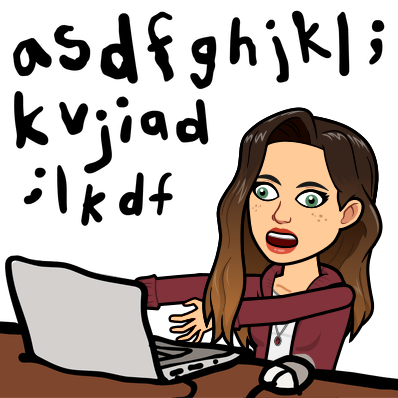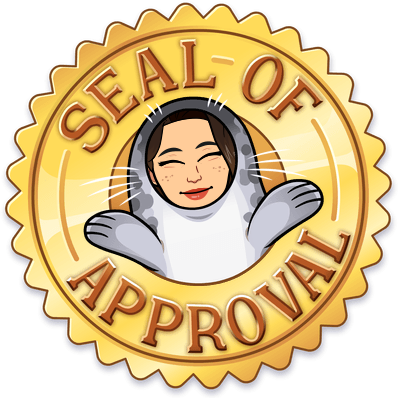For my second multimedia reflection I read “Teaching in a Participatory Digital World” by Dr. Michele Jacobsen and watched the supplementary video by Henry Jenkins entitled: “The Influence of Participatory Culture on Education”.
I decided to try my hand at a twitter essay this time as I had become more familiar with the platform after the #unboundeq open hashtag chat. Before then I was never really a fan and had not been exposed to it much, but I really came to appreciate Twitter’s ability to allow constructive conversations. One thing I thought I would struggle with was the character limit but, I found breaking up my thoughts into smaller chunks really helped with my understanding of these two pieces. As if navigating this new (to me) website wasn’t enough I also decided that I wanted to design and draw some image to go with said tweets. I am in no way a visual artist, in fact I actually really struggle to translate my ideas into something visual. However, I was up for that challenge and a challenge it was! I used an app on my iPad called Procreate which is essentially Photoshop, another program I have never used, and had no idea where to start. There are so many brush options, textures and hues to choose from I felt like a deer in headlights. After watching a couple YouTube videos I figured out which brush I wanted and how to change its size and colour, a great starting point. Unfortunately, the YouTube videos do not teach you how to take your thoughts and design them. After many trial and error attempts I found my groove and was able to produce some images I was really happy with. I think this is a skill I am going to continue to develop after this class as I would love to be able to make better images someday. Please click the tweet below to access my essay:
1. Social platforms and apps, especially in this era of personal mobile devices, have become an opponent of some educators. Viewed as a thick wall of thorny vines that needs to be cut down while in the classroom as it only distracts and hinders the students learning. #uwindig pic.twitter.com/Lm8QgpSf91
— Miss Paty (@mspaty1) October 31, 2018
Now on to the actual article and video themselves. Overall, I agreed completely with what both authors were saying. There are a lot of educators that still teach for the 20th Century, a time where memorizing and standardize testing was the basis of a “good education”. But times they are a changing. With the introduction of personal mobiles devices our students are being exposed to world of new literacies and social complexities that encourage them to collaborate online through conversations with peers and even strangers. These students are digital natives and were born with these accesses at their fingertips. Instead of fearing and fighting this shift we, as educator, should be embracing it with open arms. We live in a Web 2.0 world filled with sites like: Facebook, Twitter, Blogs, Google, YouTube and many more. However, I am aware that this sounds like a daunting task to some if their knowledge of these sources are cloudy but as both Jacobsen and Jenkins make very clear, that is why we have colleagues and collaboration. It is not the duty of one teacher to know everything, but it is the duty of that teacher to know where to access the knowledge from, be open minded and willing to learn.
This new participatory digital world is “…blurring the line between producers and consumers of content and shifting attention from access to information to access to other people, and online experiences and virtual communities”. When used effectively in the classroom this can allow for active and self-directed learning. Barbara Means’ research showed that students perform better with digital collaboration then in face-to-face interaction. I found the results of her study to be fascinating and counter-intuitive to me, I would have assumed that face-to-face was more effective inside of the classroom. But with some reflection, considering how active most students are within these digital communities, it would make sense that they would lie in a comfortable space within digital collaboration as even with their friends they mostly communicate through their phones. Moreover, I agree with Jacobsen that this access lends itself beautifully to a constructivist teaching philosophy. However, some schools have firewalls up to “protect” students from certain sites and places online. Like Jacobson, I too do not think that this is effective in any way. Our students need to learn the competencies that come with 21st century technology, we need to teach them how to “ethically and critically” locate networks that will benefit them in their learning and avoid the ones which are less than favourable. Firewalls take this learning away from the student and therefore they leave school unprepared, they are lacking a skill that is necessary in today’s society.
Lastly, Jacobsen harps on one thing that stuck with me the most, that an engaged teacher; one who is keen, curious and always learning, goes hand in hand with an engaged student. This made me think back to all of my favourite teachers throughout my education and honestly they were all actively engaged in the learning. They were trying new things, inviting ideas and opinions into their class from students all while reflecting and tweaking with each lesson. I believe this approach is summed up by Jenkins’ when he said “Don’t build YouTube, just use YouTube”.

In conclusion, I have very little negative to say about either of the pieces. This is the first time I have encountered the term participatory culture, but am glad that I now have the words to express the concept. The ideas really resonated with me and they are all things I am going to think about, consider and use in my own teaching.
– Olivia Paty
